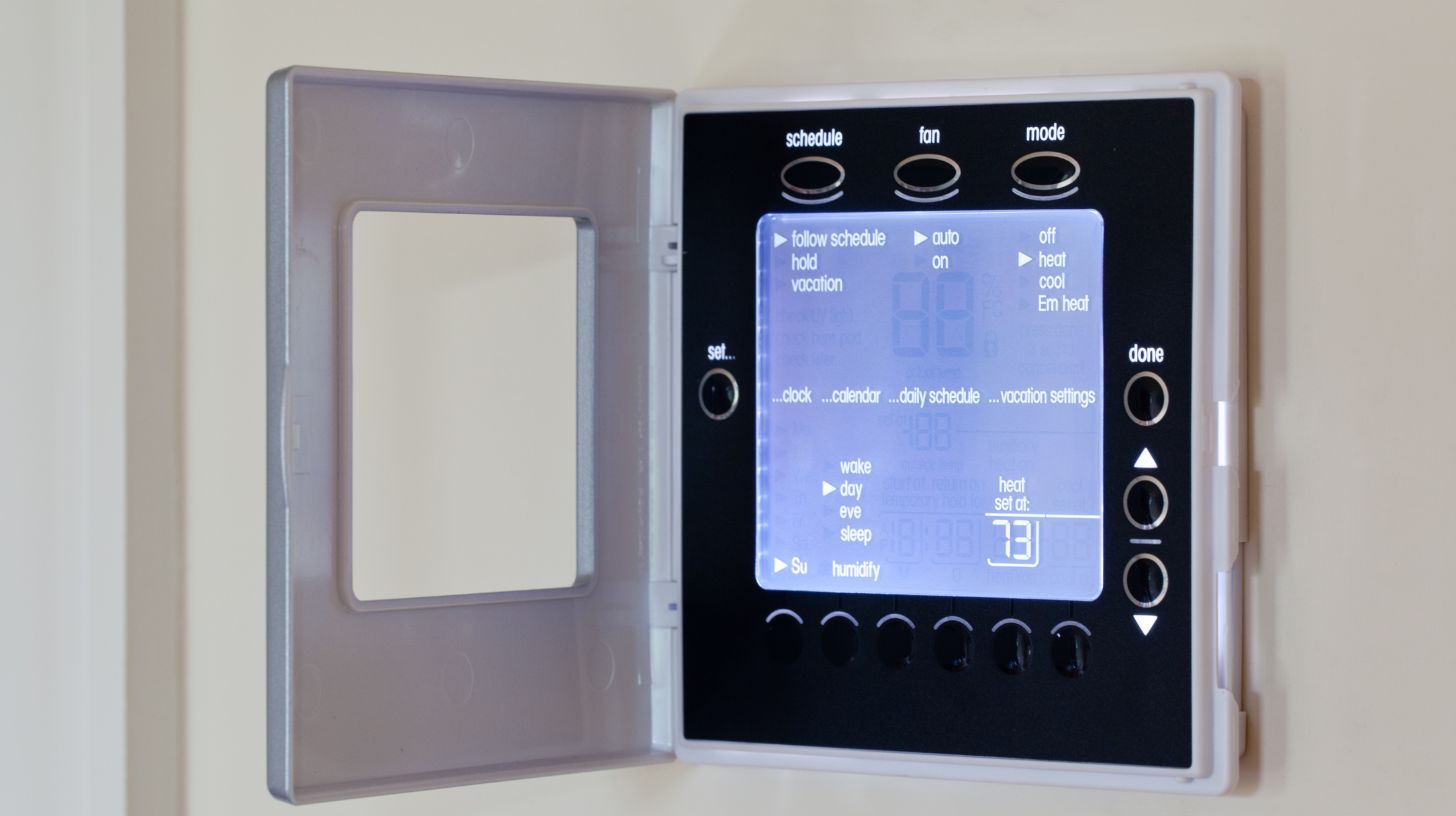
What is the lifespan of a digital thermostat?
TLDR: Key factors affecting thermostat lifespan include usage frequency, environmental conditions, and maintenance. On average, digital thermostats last 10-15 years, with wireless models having shorter lifespans. Signs of replacement include unresponsiveness and temperature fluctuations. Tips for extending lifespan include keeping the thermostat clean, maintaining a stable temperature environment, and choosing a high-quality device. Proper care and maintenance can help maximize the lifespan of your digital thermostat.
Embarking on a journey through the realm of digital thermostats, this article delves into four essential aspects: Factors That Impact the Lifespan of Digital Thermostats, The Average Lifespan of Digital Thermostats, Key Indications Your Digital Thermostat Requires Replacement, and Proven Techniques to Extend the Longevity of Your Digital Thermostat. By delving into these areas, you’ll gain valuable insights into assessing the condition of your digital thermostat, knowing when it’s time for a replacement, and adopting strategies to maximize its operational lifespan.
Factors Affecting Digital Thermostat Lifespan
The lifespan of a digital thermostat depends on a variety of factors, such as usage frequency, the environment it’s placed in, and how it’s maintained. Usage frequency plays an important role in the lifespan of a digital thermostat, as using it multiple times a day can cause the internal seals and components to wear down. Additionally, in environments with extreme temperatures, a digital thermostat is more likely to experience problems, since the temperature fluctuations could cause issues with the internal components. Ultimately, regular maintenance of the digital thermostat is extremely important in order to extend the lifespan, as the buildup of dust and debris can negatively affect the system’s components. Cleaning the thermostat often will help to reduce these problems. Furthermore, ensuring that all wires are secured and not exposed can help to prevent any issues that may arise from overstimulation or tampering. In order to maximize the lifespan of a digital thermostat, it’s important to keep the environment it’s placed in as stable and dust-free as possible, as well as to remember to properly maintain it on a regular basis.
Average Lifespan of Digital Thermostats
Digital thermostats are a popular way to control the temperature of a building, as they are reliable, accurate and energy efficient. The average lifespan of most digital thermostats varies depending on the type of product and the environment in which it is being used, but generally these thermostats can be expected to last between 10 and 15 years.
When it comes to wireless thermostats, the average lifespan is typically shorter as the materials used are not designed to be as robust as those in wired models, leading to a higher risk of failure and shorter expected lifespan. Additionally, wireless thermostats often don’t have back-up batteries meaning they are reliant upon the existing electrical system in the building, and if this isn’t maintained they will experience a shorter lifespan as well.
Once digital thermostats reach the end of their lifespan, it is important to replace them with a newer model to ensure they continue to be as efficient as possible. If the thermostat is no longer working properly, the temperature of the building is likely to be inconsistent and uncomfortable, plus the energy used to heat it is likely to increase. Additionally, not replacing the thermostat means you risk missing out on features that can save energy, leading to higher bills in the long run.
Overall, digital thermostats offer reliable temperature control and efficient energy use in any home or business, and with proper maintenance, they should last between 10 and 15 years. Replacing the thermostat once it reaches the end of its life will ensure the temperature is comfortable and consistent while also helping to save energy.
Signs Your Digital Thermostat Needs Replacement
Digital thermostats provide a convenient way to control the temperature in your home. However, if you find that the temperature in your home is not responding or not correctly reflecting what you have set, then it might be time for a thermostat replacement. Here are some signs that indicate your digital thermostat needs to be replaced:
1. Your thermostat does not respond when you adjust the settings. If your digital thermostat isn’t responding to the adjustments you make, then there may be a problem with the wiring or components in the device. It’s best to have a professional diagnose the issue and recommend the right solution.
2. The temperature in your home fluctuates. If the temperature in your home is not staying constant, then there could be an issue with the thermostat itself. Poor insulation or an issue with the HVAC system could also be causing the temperature to fluctuate.
3. Your thermostat is outdated. If you’ve had your current thermostat for a few years or more, then it’s likely out-of-date and no longer efficient. Newer models of thermostats are able to regulate temperature more effectively, so upgrading your device can save you energy in the long run.
4. Your current thermostat does not have modern features. As technology continues to evolve, newer thermostats come equipped with features such as voice activation and Wi-Fi connectivity. If you’re looking to utilize these features, then you should consider updating to a new digital thermostat.
Digital thermostats are a great way to stay comfortable in your home. If you notice any of the above signs, then it’s probably time to consider replacing your device. Contact a professional for service or installation and make sure to explore all of the modern thermostat options available.
Tips for Extending the Lifespan of Your Digital Thermostat
When it comes to owning and operating a digital thermostat, proper maintenance can make all the difference in preserving your device’s longevity. Being mindful of how you treat your thermostat and taking the proper steps to keep it in great condition can help you avoid costly repair bills and replacements down the line. Below are a few tips to help you extend the lifespan of your digital thermostat:
First, always be sure to keep dust and other airborne particles away from the thermostat; these particles can easily penetrate inside the device and potentially cause great damage over time. To prevent dust and dirt from getting into your thermostat, regularly wipe and clean it with a dry, clean cloth.
It is also important to avoid extreme temperatures on the device that can damage the thermostat over time. Extreme temperatures, whether hot or cold, can cause the thermostat’s logic board to become corrupted, leading to numerous technical problems, so it is crucial to keep the thermostat environment between a comfortable range.
Finally, when it comes time to replace your thermostat, always be sure to opt for a top-of-the-line device. Cheaper devices tend to have more technical problems compared to their higher-end counterparts, and will likely need to be replaced much sooner. However, be sure to factor in the quality of the product, as well as its price, to ensure the best value for your money.
In short, taking proper care of your digital thermostat is paramount to its longevity. Keeping the thermostat clean, maintaining a safe temperature range, and choosing a high-quality device in the first place are all effective methods to help you extend the lifespan of your digital thermostat.
Final THoughts
In conclusion, it can be noted that digital thermostats have a range of factors that can affect their lifespan, with the average digital thermostat having an expected lifespan of 7-10 years. Additionally, there are signs that can indicate a digital thermostat needs replacement, such as continuously inaccurate temperature readings, and certain tips can be implemented to help extend the lifespan of a digital thermostat, such as regularly cleaning and replacing batteries when necessary.
Frequently Asked Questions
What is a digital thermostat and how does it differ from traditional thermostats?
A digital thermostat is a digital device that is used to control the temperature of a room or space. It is similar to a traditional thermostat in that it senses and responds to temperature changes, however it differs by having the ability to be programmed to operate on a preset schedule. Digital thermostats allow users to automatically adjust the temperature in a room according to their desired schedule. This helps conserve energy and can also be used to lower monthly utility bills. Traditional thermostats can track temperature changes but can typically only turn the heating or cooling system on or off, making them less efficient than digital thermostats.
What is the typical lifespan of a digital thermostat?
The typical lifespan of a digital thermostat is around 5 to 10 years. Depending on the quality and usage, a digital thermostat can last for up to 15 years or longer.
Are there factors that can affect the lifespan of a digital thermostat?
Yes, there are several factors that can affect the lifespan of a digital thermostat. These factors can include things such as how the thermostat is installed, the voltage, and how often the thermostat is used. Additionally, the age of the thermostat and the amount of warmth/cold can also affect the lifespan of a digital thermostat.
What are the common signs that indicate a digital thermostat might need replacement?
Common signs that indicate a digital thermostat might need replacement include the thermostat not accurately reflecting a change in temperature, even after the cooling or heating system has been running (such as a constantly cool room despite continued operation of a heating system), the thermostat is cycling too frequently, the thermostat is unresponsive to user inputs, or the LCD display is blank or flickering.
Table of Contents
Other Blogs You May Be Interested In
Categories
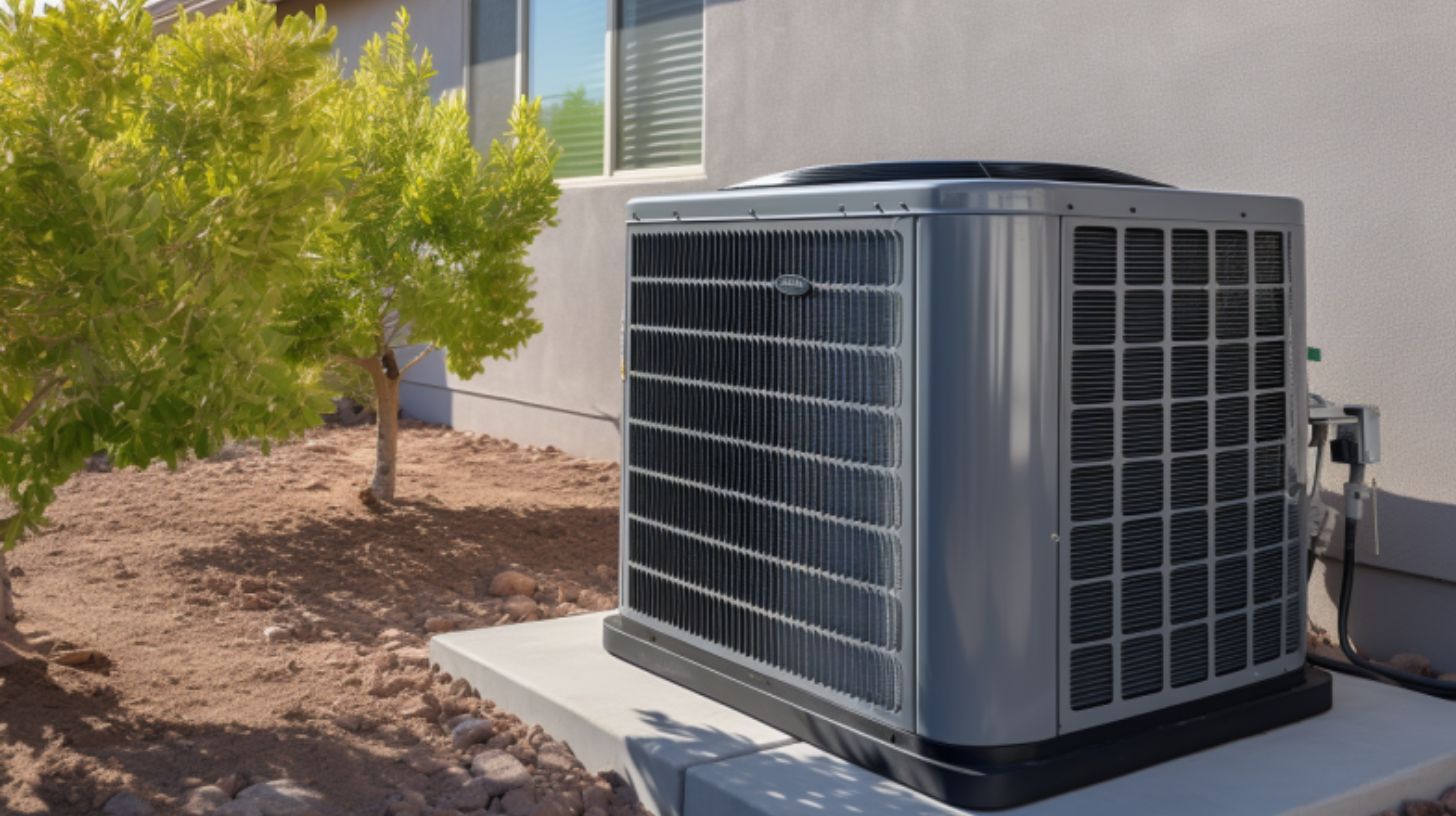



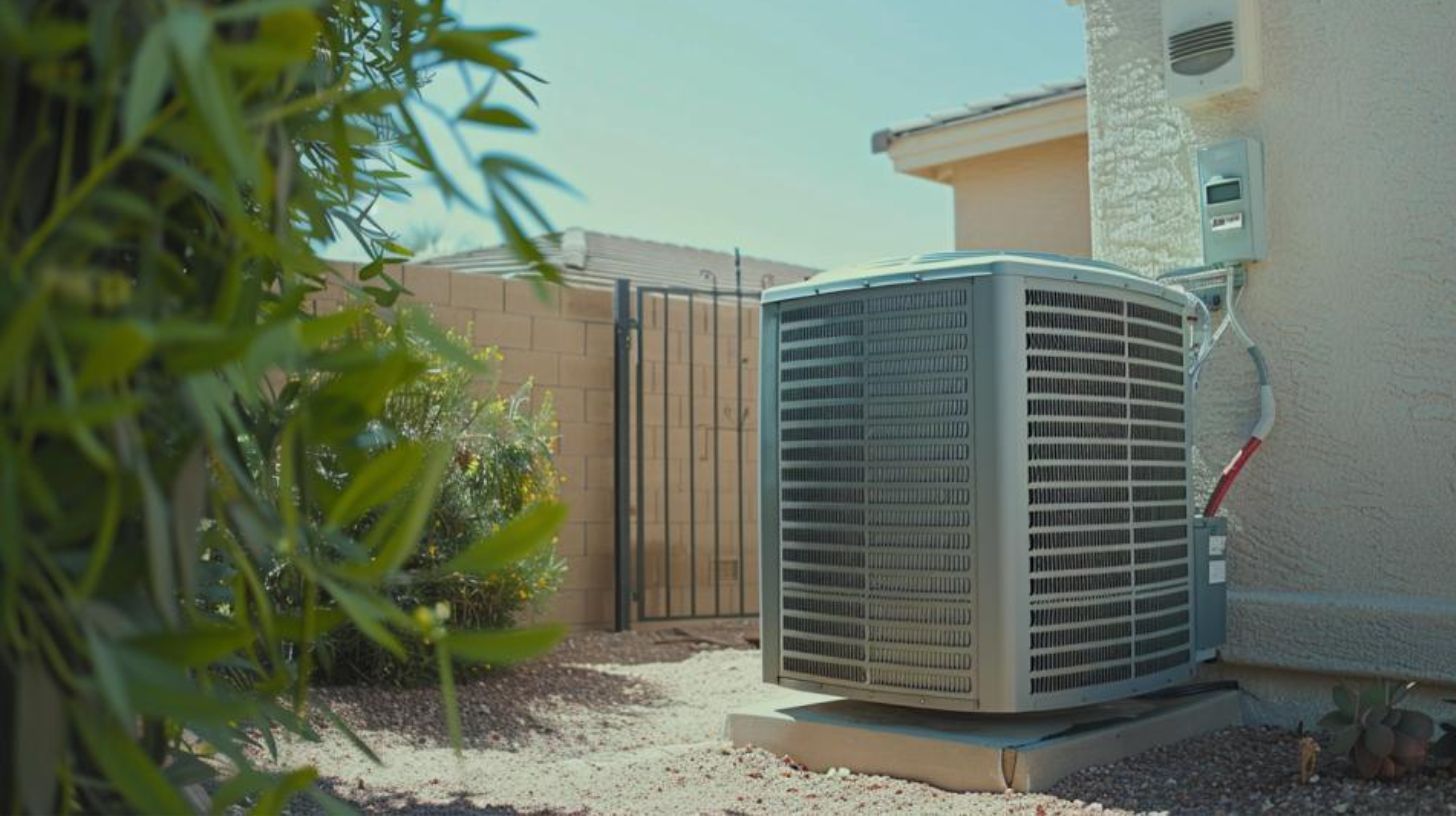


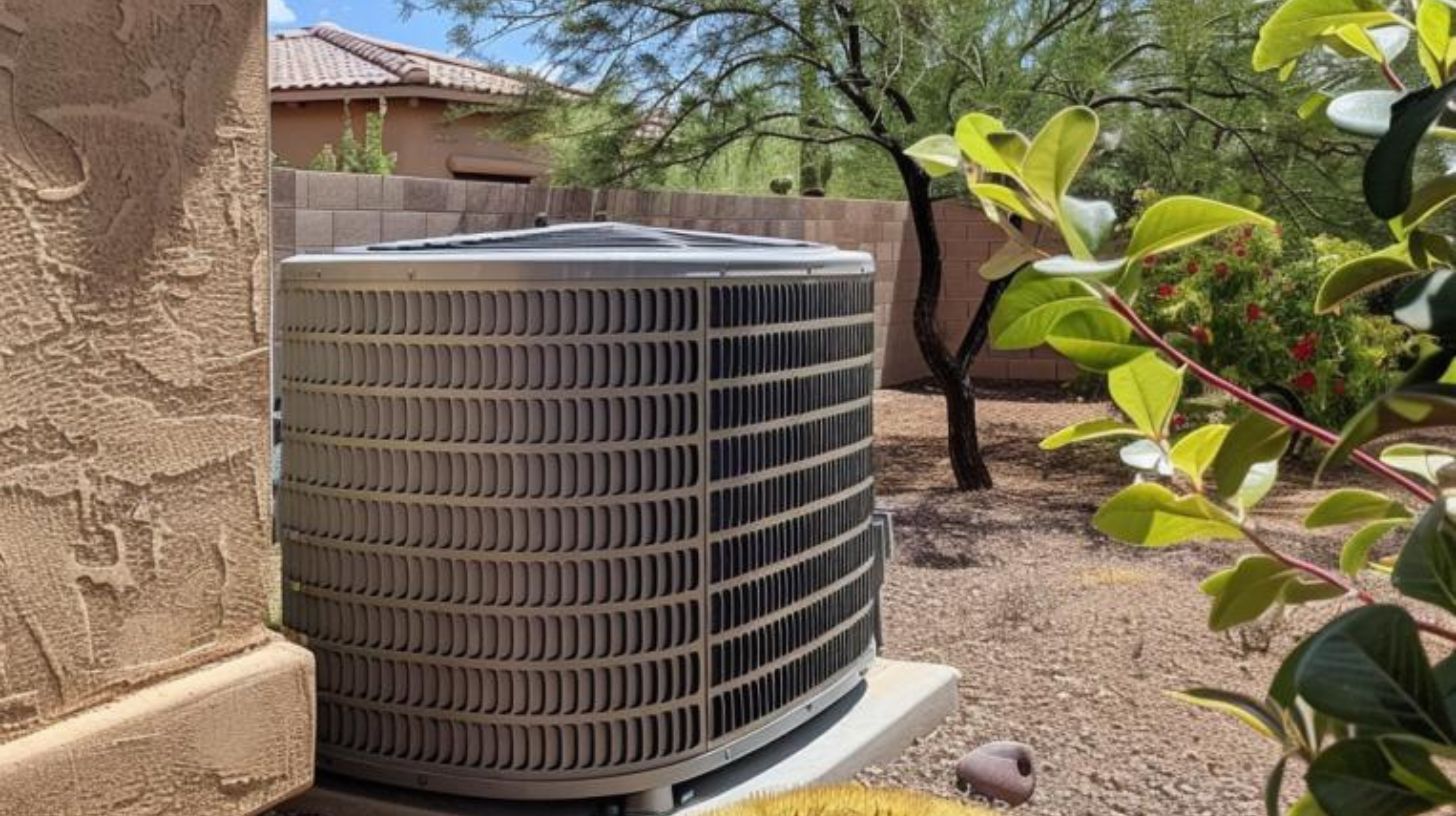
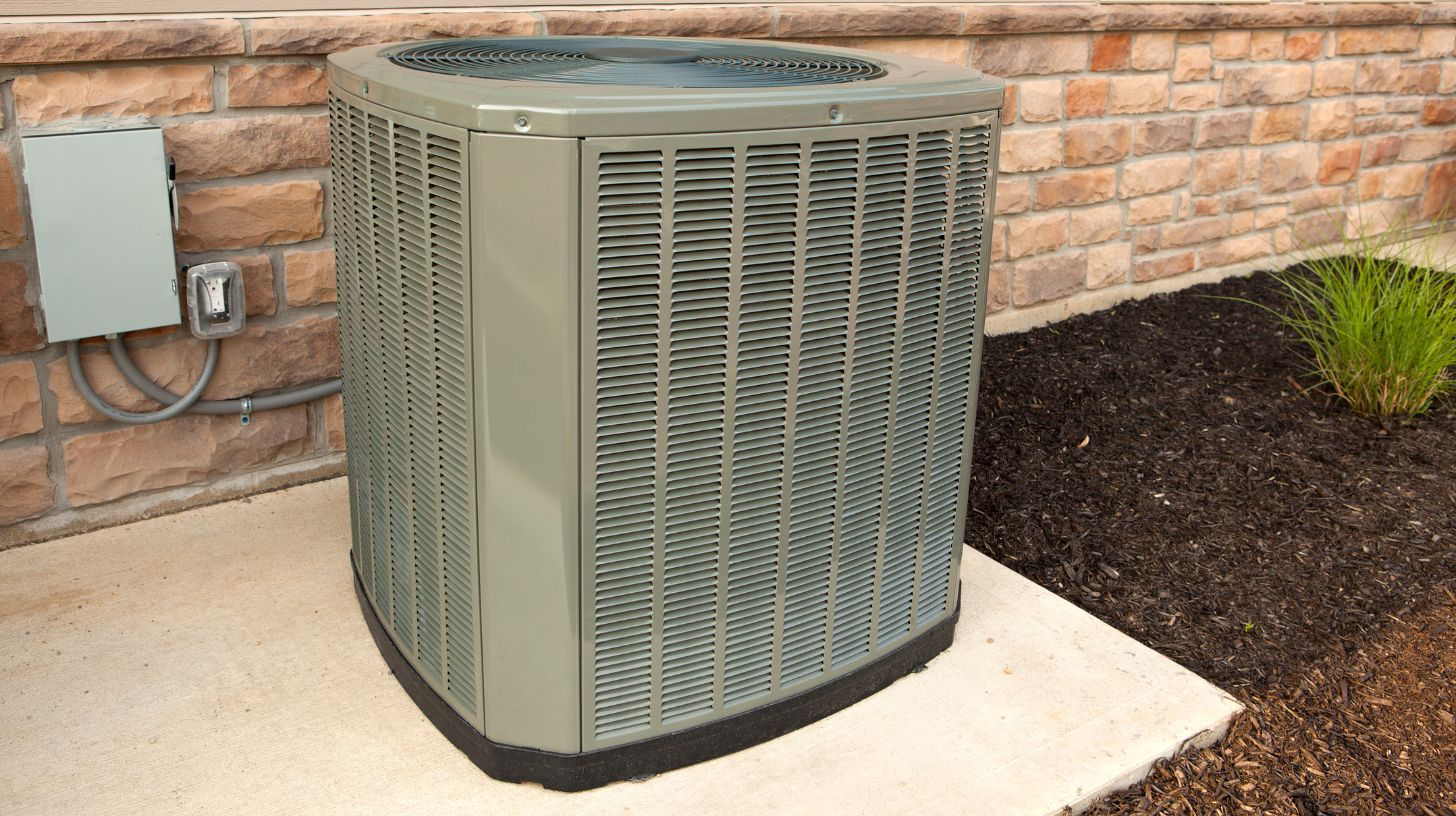

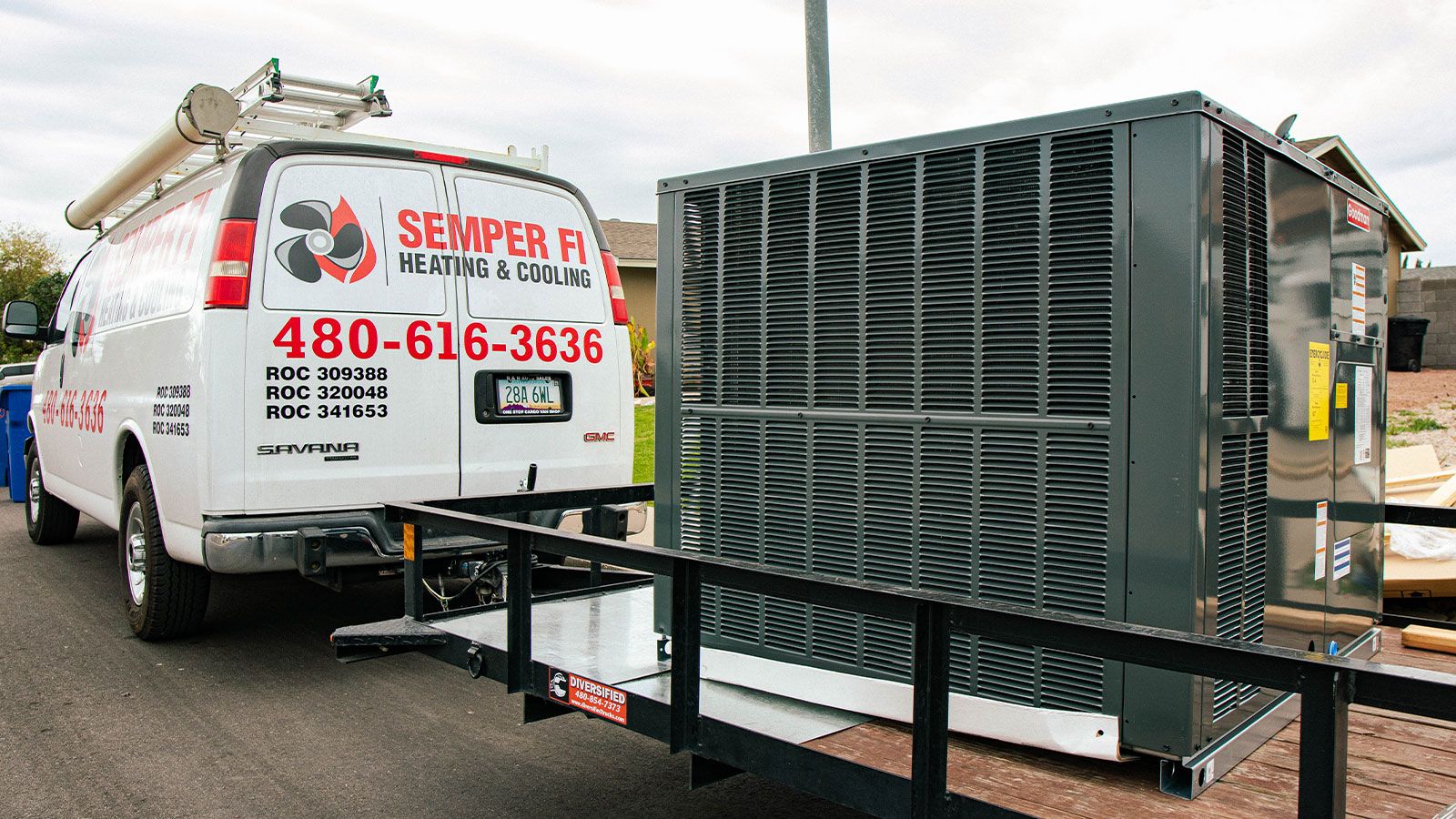
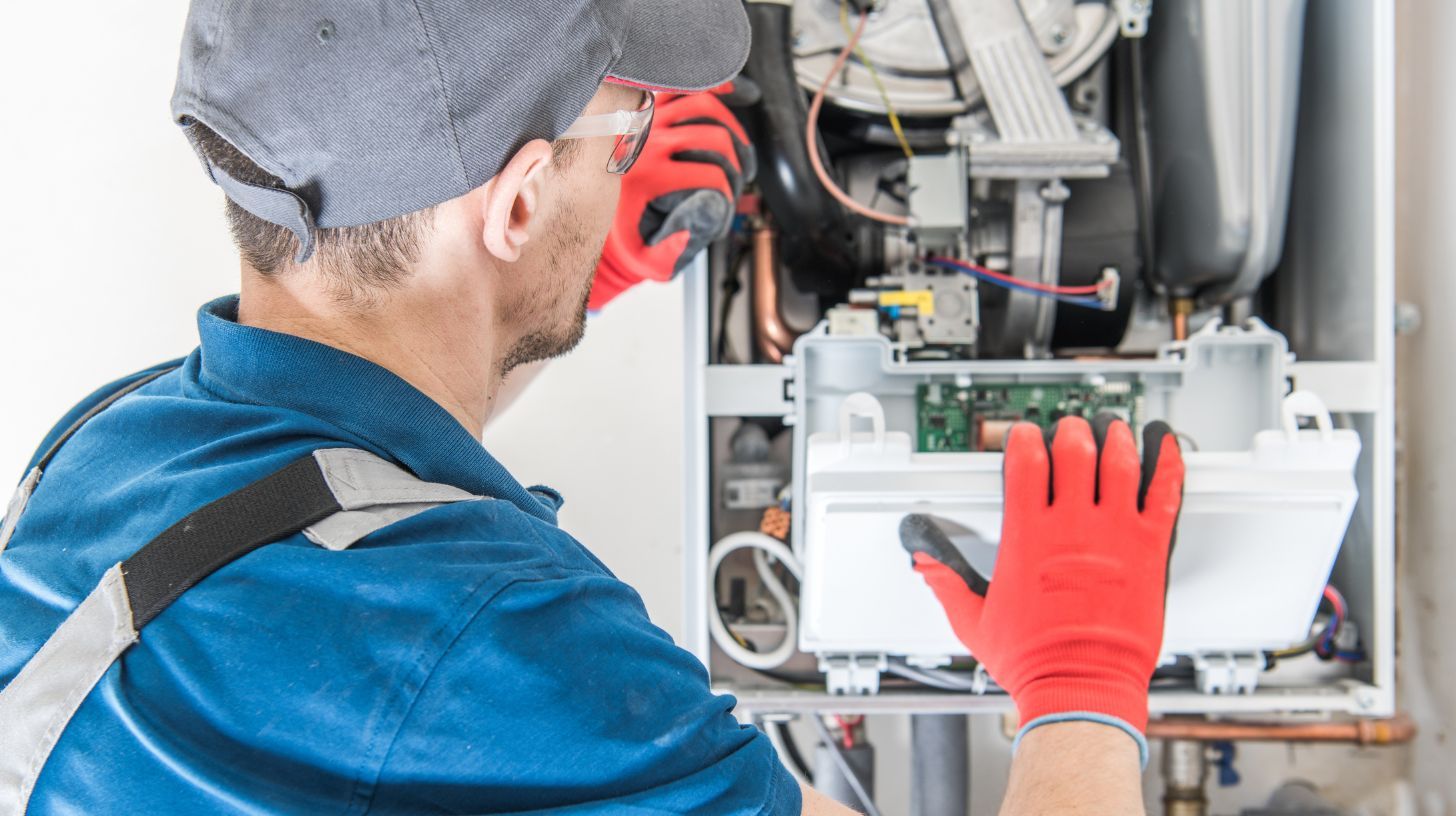
Leave a Reply